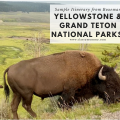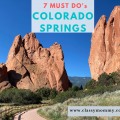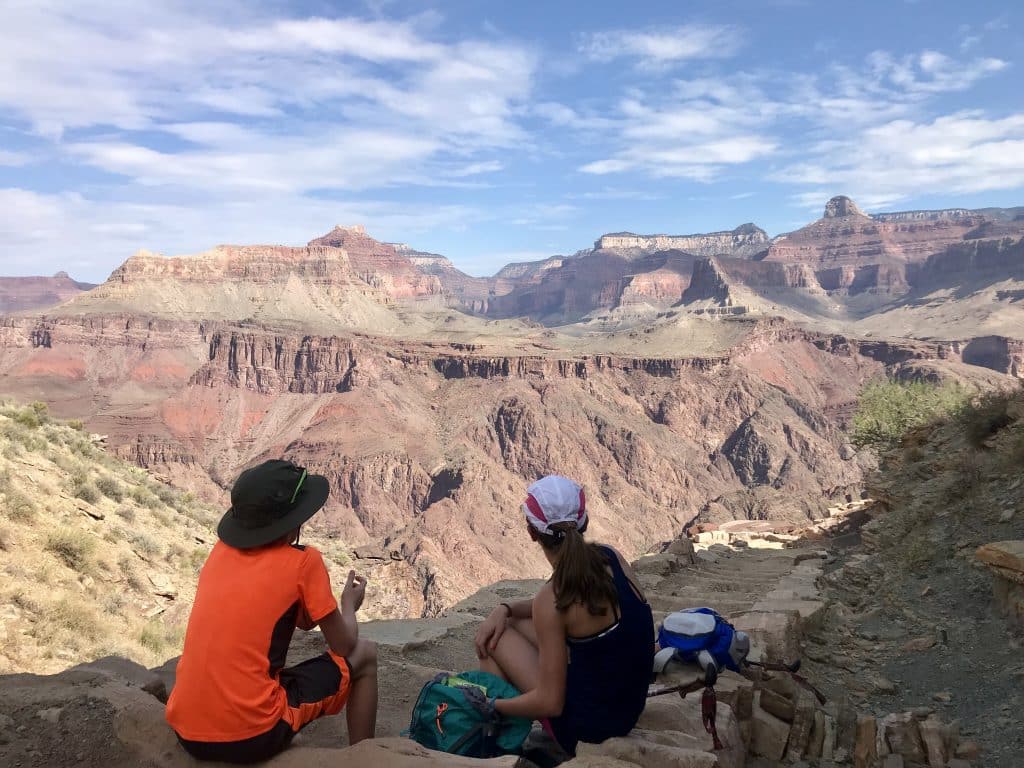Do you love outdoor adventures and snapping stunning photos? Antelope Canyon magnificent beauty is incredible in person and on camera! Check out these 5 Best Photography Tips for Antelope Canyon to help you capture the moment.
Antelope Canyon is a must do destination if you are visiting Arizona and can fit this location into your travels. Capturing the right shot can be a challenge outdoors but these 5 Best Photography Tips for Antelope Canyon definitely will guide amateur photographers like me in the right direction.



If you love traveling to National Parks and in the American West, check out our sample itinerary and various posts with tips on visiting Yellowstone National Park, Grand Teton or the Grand Canyon.
More About Antelope Canyon
Antelope Canyon, located within the Navajo Nation in northern Arizona, is a slot canyon known for its stunning natural beauty and geological formations. The canyon’s history is deeply intertwined with the history and culture of the Navajo people.



5 Best Photography Tips for Antelope Canyon
Logan Tsinigine, owner of Taadidiin Tours, shares a few photographer tips for your next trip to Antelope Canyon:
- Plan your visit: There are 16 total tour operators for Antelope Canyon. Each one offers different experiences, depending on what kind of adventure you’re looking for. Taadidin offers tours in the canyons that are located within the same canyon as the iconic Upper and Lower Antelope Canyon. They specialize in small groups to provide the most memorable experience possible.
- Timing is crucial: The best time to see the light beams is between 10 a.m. and 1 p.m. from May through October (also peak season).
- Use a tripod: The canyon walls are tall, so it can get dark quickly. A sturdy tripod is essential for long-exposure shots and helps reduce shakiness for those sharp images.
- Bring the right gear. A DSLR with manual settings will give you full control over exposure. A wide-angle lens is also ideal for capturing the full length of the tight spaces.
- Be patient and look up. Don’t follow the crowd. Look for unique angles and take your time with setting up your shot.
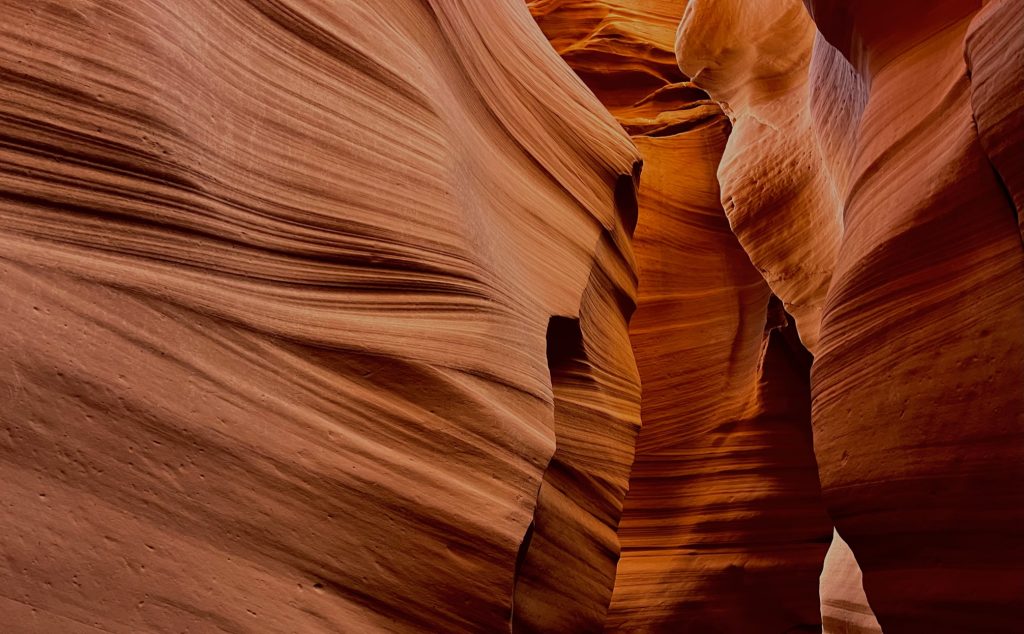


The History of Antelope Canyon
- Geological History: Antelope Canyon was formed over millions of years by the erosive power of water, primarily flash flooding. The narrow passageways and intricate sandstone shapes that make up the canyon were carved by the abrasive action of water and wind on the Navajo sandstone. The Navajo sandstone was originally deposited around 190 million years ago during the Jurassic Period.
- Navajo Connection: The Navajo people, who have lived in the region for centuries, have their own cultural and spiritual significance associated with the canyons. The slot canyons are considered sacred places in Navajo culture, and they have played a role in their history and stories.
- European Discovery: The canyons were “discovered” by European settlers in the late 19th century. As settlers moved into the region, the canyons became better known to the wider world. The upper canyon was named “Antelope Canyon” by early American settlers due to the presence of pronghorn antelope in the area.
- Tourism: Antelope Canyon gained popularity as a tourist destination in the mid-20th century. Visitors were drawn to its remarkable beauty and unique light patterns that shine down into the narrow passageways. Today, it is one of the most visited slot canyons in the American Southwest.
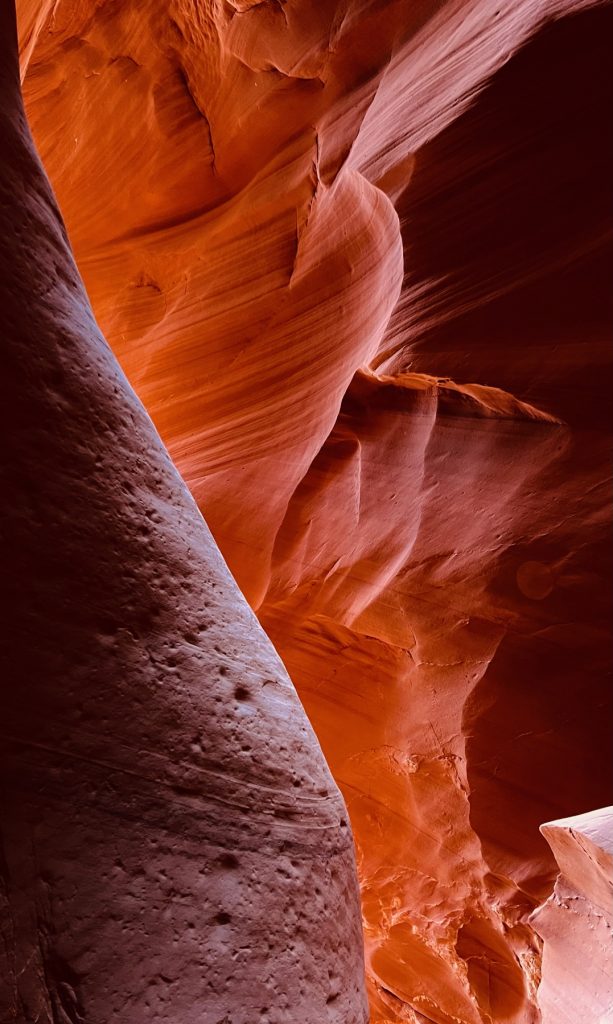


- Management by the Navajo Nation: Antelope Canyon is situated on Navajo tribal land. The Navajo Nation has managed access to the canyons and has established regulations to protect the natural and cultural integrity of the site. Visiting the canyons is only possible through guided tours, which are typically operated by Navajo guides.
- Commercialization and Photography: The canyon’s unique play of light and shadows, along with the curvilinear shapes of the sandstone walls, has made it a favorite location for photographers. The light beams that penetrate the canyons are especially famous. The canyon has appeared in numerous photographs, books, and films, furthering its reputation.
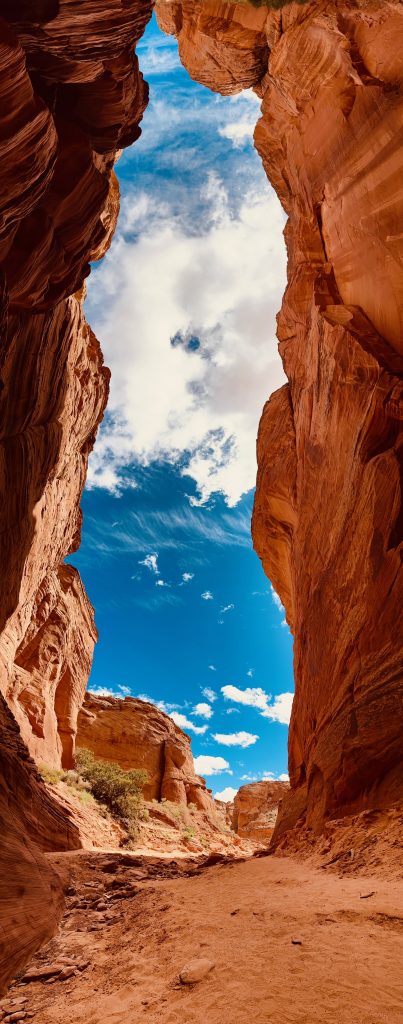


Over the years, Antelope Canyon has become an iconic natural wonder and a testament to the power of erosion in shaping the Earth’s landscape. It continues to be a place of cultural significance for the Navajo people while also attracting visitors from around the world who come to appreciate its beauty and history.
Exploring the gorgeous American West is one of our favorite things to do for family vacations. Visiting Antelope Canyon is high on my bucket list. I’ll be applying these 5 Best Photography Tips for Antelope Canyon and as I snap other amazing photos of the outdoors elsewhere in the Southwest too.

